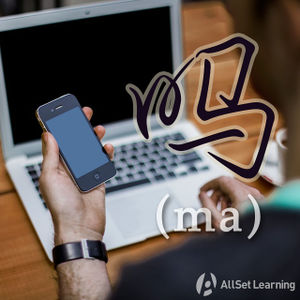Questions with "le ma"
-
Level
-
Similar to
-
Used for
-
Keywords
Asking questions about completed actions will involve using both 了 (le) and 吗 (ma). These are simply added to the end of a sentence or statement. Just make sure that 了 (le) comes first, followed by 吗 (ma).
Contents
Basic Usage
Structure
Subj. + Verb + Obj. + 了吗?
Note the order of 了 (le) and 吗 (ma).
Examples
- 你 吃饭 了 吗 ?Did you eat?
- 老板 走 了 吗 ?Did the boss leave?
- 你男朋友 找到 新 工作 了 吗 ?Has your boyfriend found a new job yet?
- 妈妈 ,你 昨天 给 我 打电话 了 吗 ?Mom, did you call me yesterday?
- 你 今天 去 上班 了 吗 ?Did you go to work today?
With a Topic
Structure
Topic (+ Subj.) + Verb + 了吗?
NOTE: in this structure, the topic is also the object for the verb.
Examples
- 晚饭 你 吃 了 吗 ?Did you eat dinner?
- 衣服 你 洗 好 了 吗 ?Have you finished washing the clothes?
- 作业 你 写 完 了 吗 ?Have you finishing doing homework?
- 这 个 电影 你 看 了 吗 ?Have you seen this movie?
- 我 的 邮件 你 收到 了 吗 ? Have you received my email?
Finally, please note that this pattern is nothing more than the combination of the expressing completion with "le" pattern and the yes/no questions with "ma" pattern.



